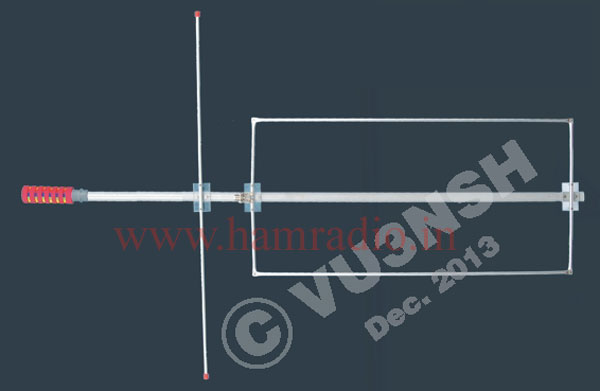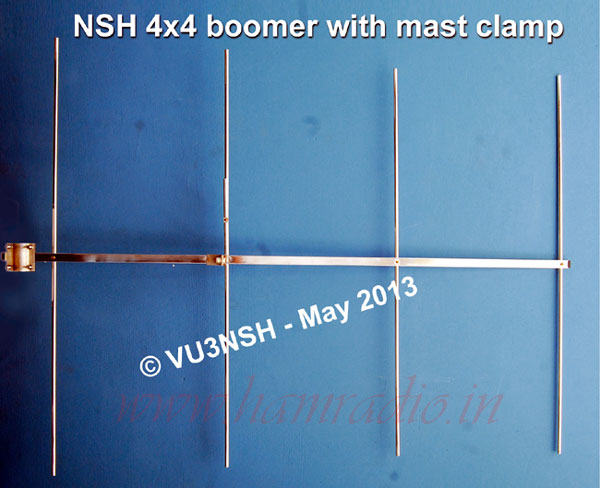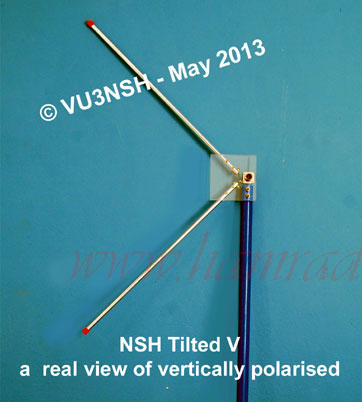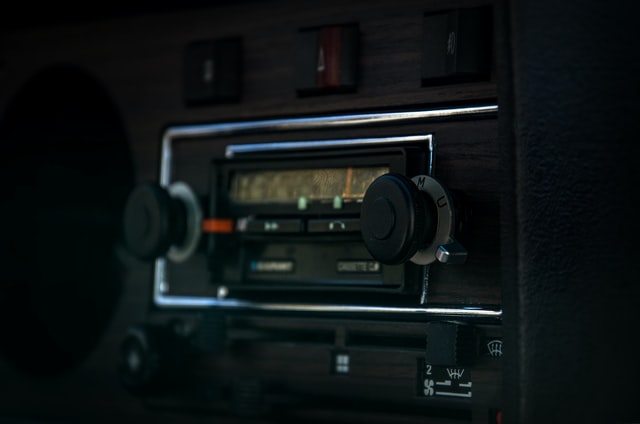The Frequency instability in VFO stage is a common problem. This is usually occurred in VFO's due to low “Q” of the tank circuit, capacitors real value, power supply regulation, stray capacitance, lead inductances and over feed back levels etc.
Few months back, I had discussed about VFOs and Oscillators with one of the veteran home brewer, he is a senior amateur licence holder than me and he is working as JE in communication filed. In that discussion, he told me that while oscillating the bi-polar transistor based VFOs, the first transistor emitter-base voltage should shows as negative volt and this Js an indication of healthy operation. He showed me a practical demo also. When I started my 7MHz, AM/SSB/CW RX project due to heavy compulsion from HAM’S and SWL’s. I started designing work on September 2004, the aim to release the circuits and the PCB on Adoor HAM ’XPO 2004 on 21 st November. I strictly started the proper designing for the benefit of new license holders and SWL’s to get practice about systematic receiver assembling. During that period, while designing the 7 Mhz RX project, I discussed with VU2ARA, Arasu, about VFOs through Kodai VHF repeater. He strictly told that the first transistor emitter-base voltage must be a positive volt. Due to this positive and negative charge a lightning stroked my brain. VU2ARA never disclosed the exact principle about a positive voltage at emitter-base while oscillating and he forced me to find out myself. I could not get any information from anywhere including ARRL or from any other amateur radio based articles. I discussed with VU2ITI, Prof. T.K.Mani and he supported the statement of VU2ARA and reminded me that the first transistor is in ‘class A’ mode. Then I realised why the positive voltage should keep at E-B junction. In DX articles they are using FETs for stability. But they cannot achieve the goal. I referred colpitts oscillator in electronic principles by Malvino-Mc Graw-Hill, Malvino directly and indirectly stated the parameters and problems of the clopitts oscillator.

I selected the L & C combination in my own way. In general high value inductance with high 'Q' is not possible to homebrew, but low inductance with high 'Q' is simply possible. I started the VFO work with the basic structure of RM 96 VFO. I got very tremendous performance and the stability of the frequency is just 1Hz tolerance like a DDS. Now a days everybody going for DDS for getting stability. But this will cost more than Rs. 2,500. The DDS is very much useful for multi band transceiver project with lot of other features. But for a single band transceiver using DDS is absolutely waste.
Then I tested with different inductance combinations for getting different frequencies (refer table). If you are using 2J or 2X gang, connect a series capacitor to reduce the total gang capacitance to get proper spread. So this modification will give excellent stability for a long duration running. Another beauty of this design is that, you don't want to use any shielding (there is no temperature influence). The important tip for the stability in a VFO is the emitter base voltage of the first transistor should keep A +ve like 0.2 to 0.5V.
If it is zero or negative, then the frequency may drift or makes lot of harmonics (Due to change in the amplifier classification - A, AB, B or in C mode). The negative voltage occurs when the feed back level is too high. If I followed the negative voltage principle, stated by the senior HAM friend, then I may have been doing the dig grave of my bi-polar VFO project. In HAM Radio, thorough experiments, knowledge and discussion will give more flourishing results. In this case VU2ARA guided me in the right way.
The L & C combination in this table are evaluated in my shack the inductance former is 10mm, 10 mm based IFT slug can core type which is much popular in RM-96 project. The tank capacitor and the feed back capacitors are 1000 PF styroflex and the coupling capacitor from tank section is also styroflex. Before assembling check all capacitors and resistors thoroughly because now. a days available components is a big problem regarding the tolerances level. The core up and down movement will give 1MHz shift in this circuit. For getting sufficient RF output level you can change the coupling capacitor 47 PF to 100 PF at OSC output to Buffer Amplifier input.
| L1 turns | Tank capacitor | Frequency range |
|---|---|---|
| 19 | 1000 pf | 1.9 to 2 MHz |
| 14 | 1000 pf | 2.9 to 3 MHz |
| 10 | 1000 pf | 3.9 to 4 MHz |
| 6 | 1000 pf | 5.6 to 5.8 MHz |
| 3 | 1000 pf | 9 to 9.3 MHz |
Discovery consists of seeing what everybody has seen and thinking what nobody has thought. Albert Gyorgyi.




